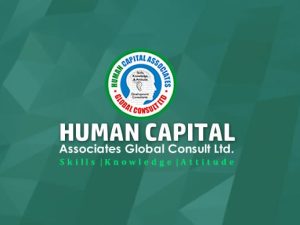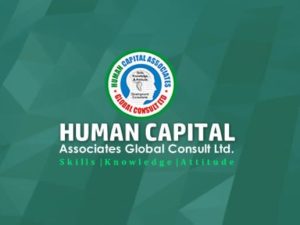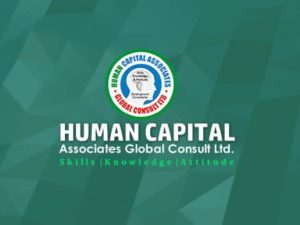Workshop on Job Evaluation Functions
Successful organizations recognize that critical thinking and creative solutions to problems significantly enhance business potential.
Program overview:
A Job Description is a “snapshot” of a Job. The Job description expresses the Company’s expectations of the employee in that Job. The Job Description needs to communicate clearly and concisely what responsibilities and tasks the job entails and to indicate, as well as the key qualifications of the Job – the basic requirements (specific credentials of skills) – and, if possible the attributes that underlie superior performances.
For whom:
Human Resource professionals working in compensation that need to improve their skills in this field. The program is also suitable for HR specialists working in other areas of Human Resources who wish to acquire an intimate knowledge of the job analysis and job description writing processes.
Learning objectives:
At the end of this program, participants will be able to:
- demonstrate the importance of job descriptions in the wider context of human resource management;
- conduct job analysis to obtain information for the preparation of job descriptions and other purposes;
- explain competencies in terms of what they are and how they are used;
- write competency-based job descriptions;
- know the importance and rational of having a well-designed Job Description;
- administer job descriptions as head of department / division / team for that superior performance;
- use job descriptions to promote performance and set achievable performance targets; and
- use job descriptions to align work performance to the vision, mission and goals of the organization.
Course outline:
Day One: Introduction and Overview
- Main Uses of Job Descriptions
- The Linkage of Evaluation to Compensation
- How Is Job Evaluation Relevant to Compensation?
- An Overview of the Job Evaluation Process
- Why Are Job Descriptions Important to Job Evaluation?
- Some Questions on Job Analysis
- Responsibilities – Job Descriptions
- Job Description Terminology
Day Two: Job Analysis Part 1 – Purpose and Methods
- Uses of Job Analysis
- Job Analysis Methods
- How Information Requirements Determine the Method
- Process/Steps
- Job Analysis Forms – Form Explained
Day Three: Job Analysis Part 2 – Information and
Approach
- Sources of Information on Jobs
- Issues to Consider in Job Analysis
- Job Analysis Interviews
- Preparing for the Job Analysis Interview
- Job Analysis Guidelines
- Suggestions for Carrying Out a Job Analysis
Interview
- The Dos and Don’ts of Job Analysis
- Practical – Demonstrating the Job Analysis Interview
- Practical – Carrying Out the Job Analysis Interview
- Feedback and Recap on Job Analysis
Day Four: Job Descriptions
- Overview and Uses
- Job Description Components
- The Difference between Authority and Responsibility
- Job Description Guidelines
- Content Determined by Purpose
- Job Description Form Explained
- Practical – Writing Job Descriptions
Training Methodology
Lectures, discussions, exercises, and case studies will be used to reinforce these teaching/learning methods.
Related Courses






